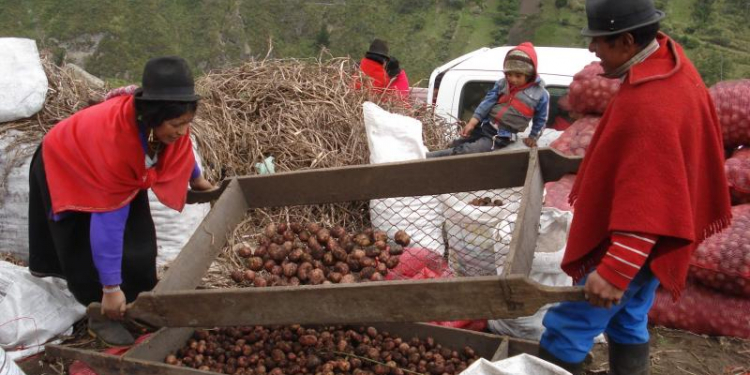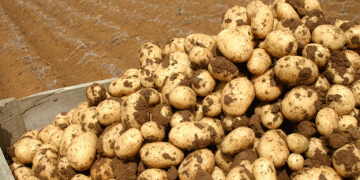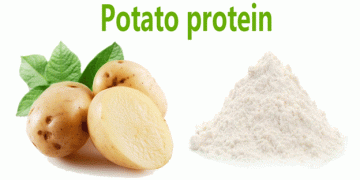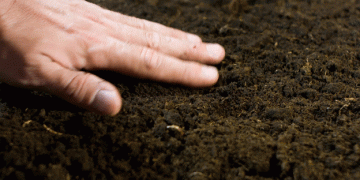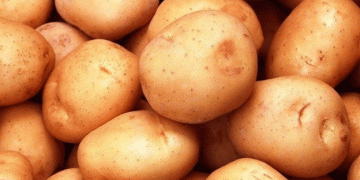In Peru, it is recognized that agriculture has been growing at an extraordinary rate, its export to 2020 was 786 million, today it does so in more than 7,000 million dollars and takes 11.6% of GDP and generates many jobs.
The products that have contributed the most to this competitive and important activity are grapes, avocados, mango, blueberries, bananas, etc., but on the contrary, imports of products derived from agriculture have also risen considerably, including wheat, corn , oil, soy, etc., causing imports to reach 5.56 billion, causing the gap between the two to be 1.44 billion dollars in favor of exports.
As can be seen, the “gap” is slightly in favor of exports, but to ensure that it is always widening, it is necessary to support agricultural exports and monitor imports that can easily increase, since it is difficult to produce volumes in Peru. high in wheat, corn or soy.
In order to increase the gap, it is essential to develop the stopped agricultural projects: Chavimochic in Trujillo, Majes in Arequipa, Alto Piura (Huancabamba River), Puyango in Tumbes, the Pampas de Concón and Topará in Ica.
In the jungle it is also necessary to expand the agricultural frontier, preserving the environment. Malaysia exceeds 5 million hectares of palm plantations and its oil is the most consumed in the world market. In Peru, only 75 thousand hectares of palm are planted, obtaining permits to plant this crop is complicated, but it is necessary to support it and eradicate the depredation of wood.

On the mountains, its traditional product is the native potato of Peru, growing 2,850 different varieties. In Huánuco, the “Tumbay” potato is grown, which is considered the best potato in the world.
The area used for potato planting reaches 20% of the agricultural total and its normal production is 4 to 5 million MT, exceeding this figure the State subsidizes them. Another drawback is the importation of peeled and cut potatoes that reaches approximately 40 thousand MT with a value of 32 million dollars, which due to its magnitude would be interesting to industrialize locally, avoiding its importation.
Read also: Peru – agriculture potatoes pdf
Executing all these projects will require a strong investment. Complementing with the necessary support and incentives for Private Companies, thus defending and widening the gap in favor of agricultural activity in general.

It is known that exports produce more economic benefits than imports, among others there is the greater generation of jobs, the strengthening of our currency, and it is also possible to maintain an economy without negative and exaggerated currency devaluations that further impoverish people. the already poor.
Finally, agriculture must continue to be supported, enabling more cultivation areas and it is also convenient to more industrialize processed potatoes, avoiding their import and future export.
